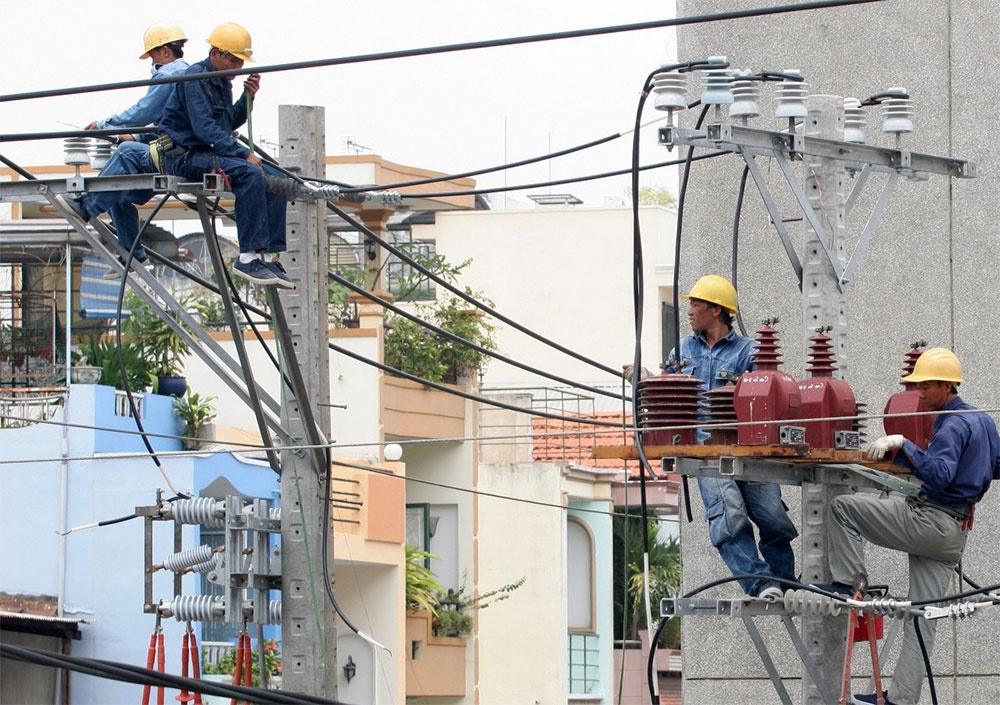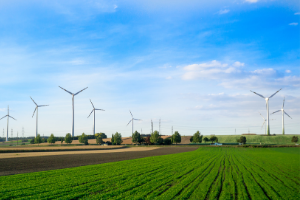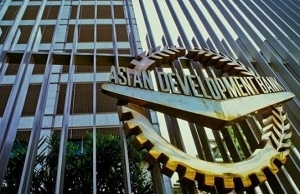Responsive shift required in Vietnam’s energy policy
The global energy price issue is not resolved yet, but is Vietnam sluggish to alter its energy policy?
Energy policy is crucial for all nations, but particularly for Vietnam given its ambitious aim of achieving net-zero emissions by 2050.
However, under the proposed Power Development Plan VIII (PDP8), it is still planned to import 55 million metric tonnes of coal by 2025 and 95 million metric tonnes by 2030, despite the abundance of alternative power sources in the nation.
The PDP8 is now awaiting approval, but policymakers still need to examine the most fundamental aspects, including adequate and steady power, investment efficiency, and ensuring energy security in relation to the environment and national defence.
 |
| Responsive shift required in Vietnam’s energy policy. Photo: Le Toan |
What do you believe will occur when Vietnam retains a significant coal power supply through the PDP8?
The PDP8 consists of four volumes and over 830 pages, although the solution for multiple power sources is inadequately sized. Planning is distinct from philosophies and orientations. The planning must be quite detailed concerning technology, energy efficiency, and cost. After 1-2 years of execution, the solution’s restricted scope may require a revision of the strategy.
Since 2015, the globe has shifted from coal-fired electricity to renewable energy. The government must have a detailed plan to minimise coal-fired power beginning with PDP8, in accordance with the global energy price crisis and the existing regulatory environment in Vietnam.
This plan is anticipated to create around 32.5GW of coal power, compared to approximately 20.7GW under PDP8, which corresponds to 14 projects and is very difficult to accomplish in light of increasing global coal prices and limited financial resources for coal-fired power.
If these projects are included in PDP8, there is a strong risk that the previous version will be repeated, having a significant impact on power supply reliability and the potential to attract green investment.
Is investment in renewable energy in Vietnam constrained by policy?
According to the proposed PDP8, the annual investment need for the electricity industry is $12-13 billion per year. Thus, Vietnam needs $320 billion between now and 2045, but its domestic resources can barely cover 20-25 per cent of this demand.
Vietnam requires a stable and transparent policy, however, to encourage investors to participate in the development of renewable energy sources. The majority of the state’s capital is still invested in coal-fired energy and the power infrastructure.
The drafts of PDP8 do not include the fact that investments in renewable energy would also raise power rates. In addition, it is inappropriate to give Electricity of Vietnam the responsibility of resolving policy concerns for persons in need of assistance; the government needs another agency for this task.
Maintaining coal power generation in PDP8 necessitates an evaluation of the existing investment status in this sector. According to the findings of Ministry of Industry and Trade’s analysis of coal-fired power projects until the end of September 2022, Vietnam presently operates nearly 40 plants with a combined capacity of 24,674MW.
There are now a dozen 13,792MW of coal-fired power projects that have been allocated to investors, are undergoing investment preparation, or are under construction. Remaining projects with a combined capacity of 6,800MW are set for investment, but deploying and organising the money presents challenges, and a couple of investors indicate that they cannot continue to produce coal-fired electricity.
Meanwhile, one venture violated the build-operate-transfer contract, while another was unable to borrow funds.
Can the deficiencies of present coal power sources exacerbate the possibility of future power shortages?
The threat of a power deficit is already present. The north of the country has experienced electrical scarcity during the summer months for the past two years. Numerous investors are interested in Vietnam, a nation with significant solar and wind power potential. Many municipalities have suggested the development of various energy sources. However, there are legislative, planning, and system-wide capacity constraints.
As a result of Vietnam’s high GDP growth objective, which is often around 7 per cent, the country’s energy consumption is soaring, and yet many coal-fired power projects are behind schedule, creating the possibility of a power shortfall. Before its implementation, PDP7 was expected to offer adequate energy to fulfil the country’s development needs.
However, during its implementation, it revealed several shortcomings, providing 53 per cent of the total electrical capacity with coal-fired power. This problem must be resolved in PDP8.
The growth of renewable energy is in critical need of a policy push, ideally in the form of new legislation on renewable energy in addition to the existing electricity law. The majority of the state’s capital is still invested in coal-fired energy and power infrastructure.
In the meantime, one of the foundations for constructing PDP8 is the Politburo’s Resolution No.55-NQ/TW on strategic orientations for Vietnam’s national energy growth to 2030 with a vision to 2045. It emphasises a 40-45 and 48 per cent rise in renewable energy for those respective years.
 | Global Wind Energy Council calls on Vietnam to extend wind tariff and clean energy lead An industry alliance led by the Global Wind Energy Council (GWEC) has called on the Vietnamese Government to urgently extend the wind energy Feed-in Tariff (FiT) scheme. |
 | ADB proposes ending funding for coal power plants The Asian Development Bank (ADB) will stop financing new coal power plants, the main source of power supply in developing countries, under a draft energy policy released earlier this week. |
 | Carbon finance and energy policy in Vietnam Green growth, as defined by the Global Green Growth Institute (GGGI), is “economic growth that is environmentally sustainable and socially inclusive”. Countries pursuing green growth hope to achieve economic growth – often measured in terms of GDP and employment outcomes – while at the same time ensuring social equity, protecting the environment, and taking climate action. |
What the stars mean:
★ Poor ★ ★ Promising ★★★ Good ★★★★ Very good ★★★★★ Exceptional
Related Contents
Latest News
More News
- UOB sees Vietnam growth easing in fourth quarter (December 22, 2025 | 17:39)
- Government moves to establish International Financial Centre (December 21, 2025 | 21:00)
- Vietnam's IFC to target global investment flows (December 21, 2025 | 18:00)
- Ha Tinh breaks ground on major Vingroup industrial and energy projects (December 19, 2025 | 18:24)
- EVN launches major power infrastructure projects nationwide (December 19, 2025 | 18:17)
- VAL inaugurates second production line to meet domestic animal feed demand (December 19, 2025 | 16:37)
- Sun Group pioneers urban tram system in Phu Quoc (December 19, 2025 | 15:00)
- Top 10 notable events of Vietnam’s industry and trade sector in 2025 (December 19, 2025 | 14:00)
- Seven major projects launched to drive Hanoi’s next growth phase (December 19, 2025 | 14:00)
- Rare, beautiful, sustainable: the mark of iconic real estate (December 19, 2025 | 08:00)

 Tag:
Tag:





















 Mobile Version
Mobile Version